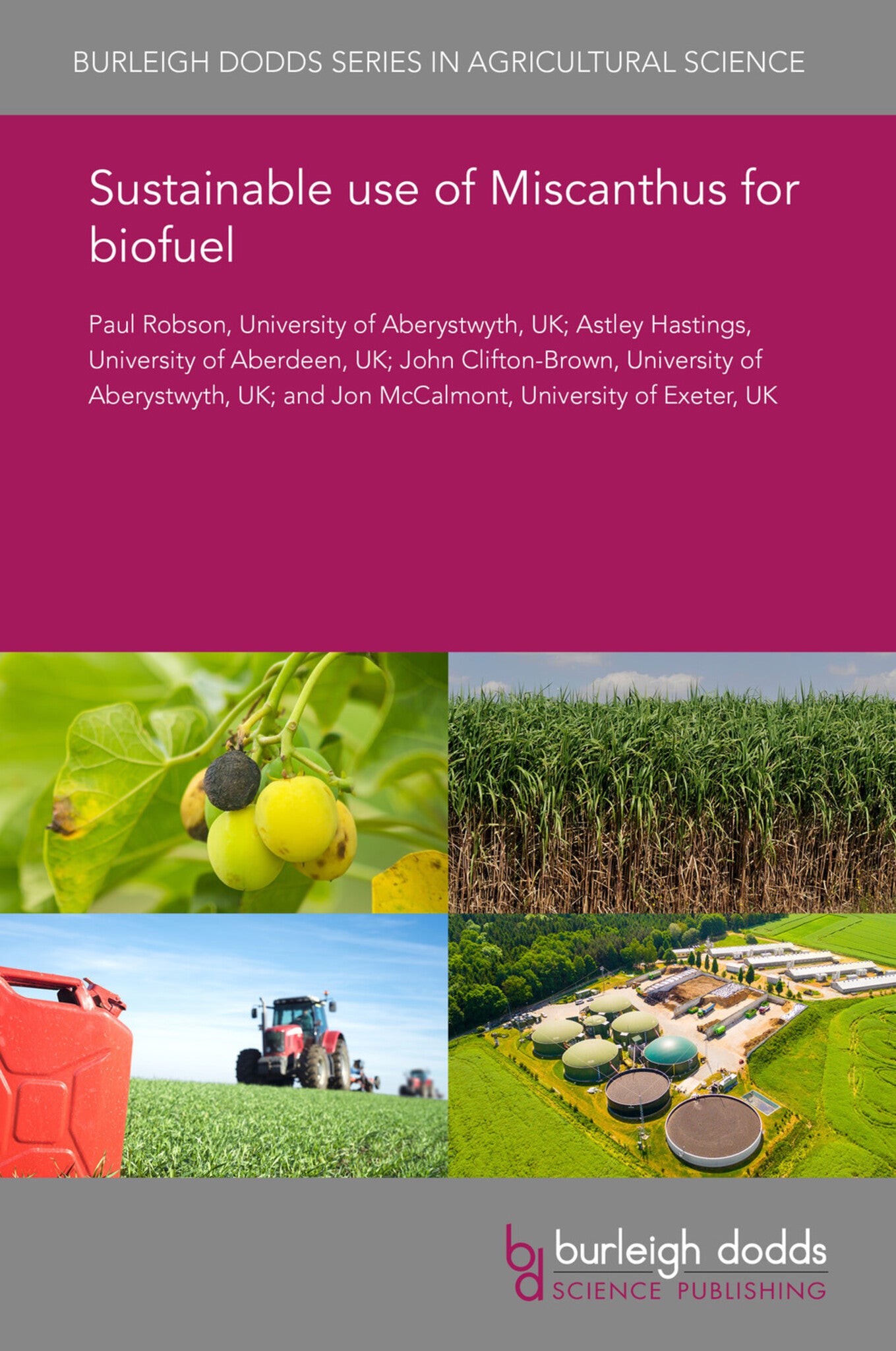We're sorry. An error has occurred
Please cancel or retry.
Sustainable use of Miscanthus for biofuel
Regular price
£25.00
Sale price
£25.00
Regular price
£25.00
Unit price
/
per
Sale
Sold out
Re-stocking soon
Biomass removes carbon dioxide from the atmosphere during growth and, if converted to biofuel, has the potential to be carbon negative, especially if combined with carbon capture and storage. To ac...
Read More

Some error occured while loading the Quick View. Please close the Quick View and try reloading the page.
Couldn't load pickup availability
- Format:
-
23 December 2019

Biomass removes carbon dioxide from the atmosphere during growth and, if converted to biofuel, has the potential to be carbon negative, especially if combined with carbon capture and storage. To achieve ambitious targets for global reductions in greenhouse gas emissions, biomass crops should generate high yield from minimal input energy while minimising environmental impacts that could make crop production less sustainable. This chapter focuses on research demonstrating that Miscanthus embodies a range of attributes (e.g. C4 photosynthesis combined with cold tolerance, high energy output/input ratios, efficient nutrient recycling and high yield from minimal agronomic input) that make it an ideal sustainable biomass crop for biofuels. Sections on both nutrient use efficiency and water use/water use efficiency are included. The authors also discuss carbon flux and various life cycle assessments for different end uses. Traits for improved sustainability are also presented. The chapter concludes with a discussion on future research priorities.

Price: £25.00
Publisher: Burleigh Dodds Science Publishing
Imprint: Burleigh Dodds Science Publishing
Series: Burleigh Dodds Series in Agricultural Science
Publication Date:
23 December 2019
ISBN: 9781838799359
Format: eBook
BISACs:
SCIENCE / Energy, Biofuels, TECHNOLOGY & ENGINEERING / Agriculture / Sustainable Agriculture, TECHNOLOGY & ENGINEERING / Power Resources / Alternative & Renewable, Sustainable agriculture

1 Introduction 2 The energy balance 3 Nutrient-use efficiency 4 Water use/water-use efficiency 5 Carbon flux 6 Life cycle assessment (LCA) for different end uses 7 Traits and/or agronomy for improved sustainability 8 Conclusion and future trends 9 Acknowledgements 10 Where to look for further information 11 References



